|
My
Old |
 |
1971
Chevrolet Chevelle Malibu, V8
Series 13600
|
|
My
old 1971 Chevrolet Malibu Chevelle. The odometer read 69,000
miles when I bought it in 1983. It had a Chevelle
SS raised hood (not pictured on car). |
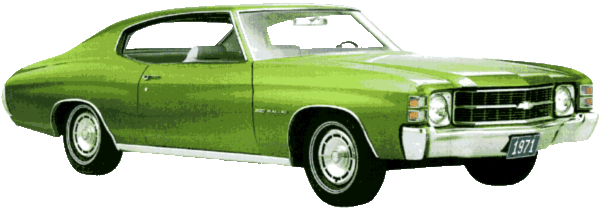 |
|
|
Typical Chevelle Malibu dash, automatic
on column, no AC. |
|
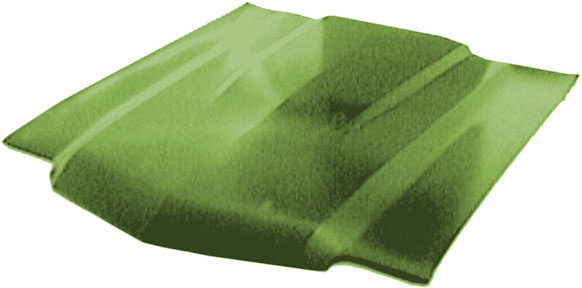
|
The raised hood that came
was on my used Chevelle was added by previous owner. It
did not have "Cowl Induction" vents or was
original to this model. |
|
|
|
|
|
|
|
Under the hood
|
|
|
1971
Chevrolet Chevelle Malibu
|
MSRP (base): |
$2,975.00 |
|
Model no.: |
13637 |
|
Produced: |
240,200 |
|
Engine type: |
V-8 OHV |
|
Displacement: |
350 cu. in. (L65) |
|
Horsepower: |
245 hp @ 4,800 rpm |
|
Torque: |
350 lb.ft. @ 2,800 rpm |
|
Compression ratio: |
8.5 : 1 |
|
Carburetor: |
2-bbl Rochester |
|
Transmission: |
Turbo-Hydramatic |
|
Shipping weight: |
3,292 lbs |
 |
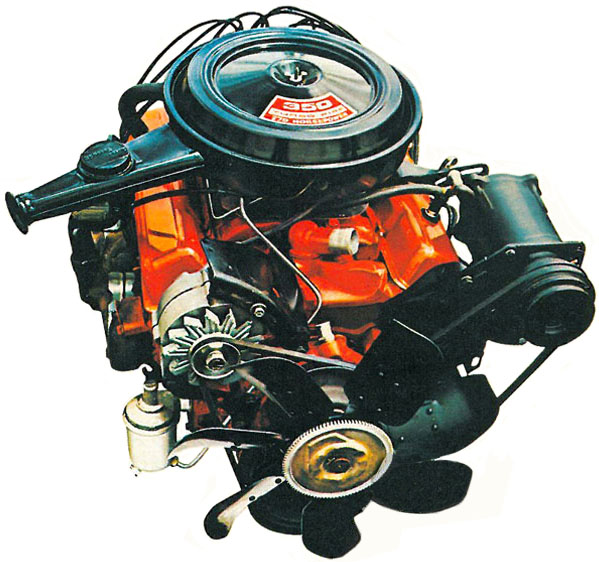
"Turbo-Fire" 350-2 V8
RPO code: L65; Engine code: CGC |
|
|
|
The 3-speed automatic suffered a melt-down. It
was an AAMCO special rebuilt/swapped by them
for $400, twice. The TH-350 is a weakling. |
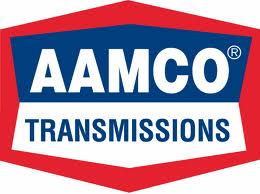 |
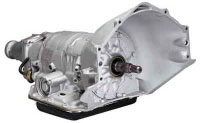
GM Turbo-Hydramatic 350
(Turbo-Problematic)
|
|
|
|
|
|
|
A bit of fine tuning...
|
| |
|
Using a friend's garage, I performed the work myself with
a little coaching from him, We broke tasks down into simple steps. It's
good to not be in a hurry when doing this type of work on a daily
driver. It took two days, about 12-hours total.
It was easy to select the performance package, which was
recommended by a reputable performance parts supplier, as found in a
muscle car magazine.
The carburetor, intake manifold, and camshaft were all
ordered from a local Champion Auto Parts store for just under $500, back
then. The Holley 600 cfm carb, Edelbrock Performer manifold, and Crane
camshaft gave impressive results for additional power in low to upper
ranges. There was a nice power blast from the accelerator pedal. I
didn't open the engine core and the cylinder heads, pistons and
crankshaft were all left alone.
The package is a great choice for a low compression Chevy 2-barrel
economy engine, the "Turbo-Fire" name was a stretch. Not so
much a fire as it was a spark, which was the motivation. |
| |
|
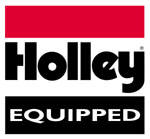 |
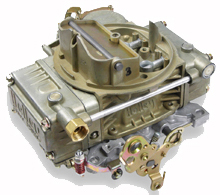
Holley's
600 cfm 4-bbl
|
A
good match for the performance package and replaced the OEM Rochester 2-barrel
and GM cam. A manual choke was standard, or an optional electric
was available. |
|
|
|
|
|
 |
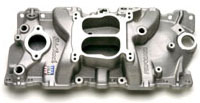
Edelbrock Performer
|
The
recommended host for Holley
OEM
replacement four-barrel. |
|
|
|
|
|
 |
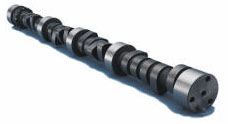
Crane camshaft
|
This was the key
ingredient. |
|
You
can't just throw a bigger carb on without increasing engine
breathing. The medium performance street cam with a
210 ̊ duration and .440" lift. Design
range was idle to 5,500 rpm. |
|
|
|
|
|
|
Don't forget
the sound system...
|
|
Final
modification was a change-over from the existing single exhaust setup to
a new dual exhaust glass-pack muffler system. The early 1970s GMs
were still part of that pre-catalytic converter era of cars, making this
modification easier and less costly. |
|
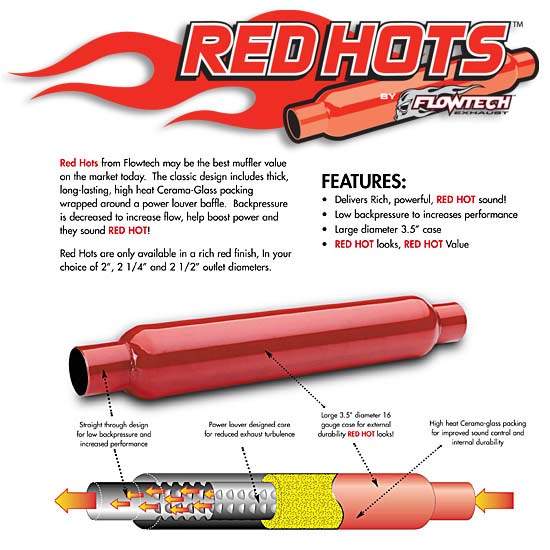 |
|
There was about 50-60 horsepower gain from all bolt-on
goodies from the OEM engine core and 2-barrel heads, totaling about 300
hp. Tromping the
accelerator, the transmission down-shifted and the car got up and galloped.
The new dual glass-pack exhaust system trumpeted a loud rapping sound,
which echoed in the air.
The car squatted down more on
the rear
coil springs. New variable rate springs and heavy-duty shocks would have
reduces the reaction of increased torque without sacrificing ride. The
tires would smoke with the car's standard non-limited slip differential.
With a Positraction rear axle, you'd probably only get a
little squawk from the tires.
One weekend, I drove my Chevelle to a club race track to
crew for a good friend of mine. I followed him as he towed his small
sedan racecar on county roads in Wisconsin to Blackhawk Farms just
inside the Illinois state line. He was impressed with my car and could
hear as I followed behind him. He said, "It sounds healthy." Then, he
asked if it was built to race on weekends.
It was a fun car to play with after re-tuning it.
I sold the Chevelle when body rust took over,
for about $500. Knowing it had body filler, I paid $1,200
for it and drove it three years. Today, these mild-mannered Malibu
Chevelle coupes, with an automatic transmission, can fetch around
$20,000. It was not a worthy car for SCCA road course racing, by any
means. But, it was deserving of their race class titled, American Sedan. |
| |
|
|
Some Rights Reserved
scharch.org
HOME |
|